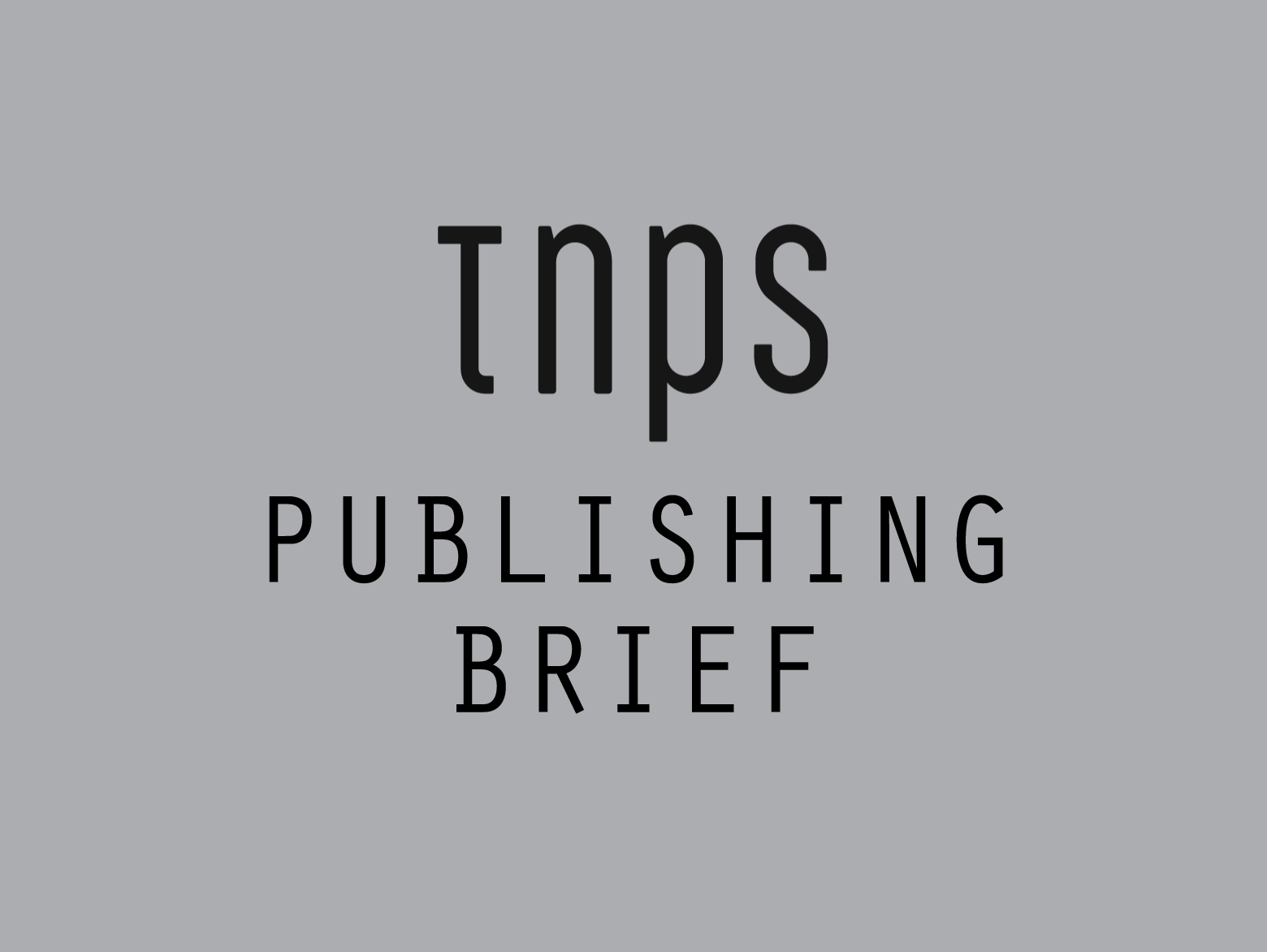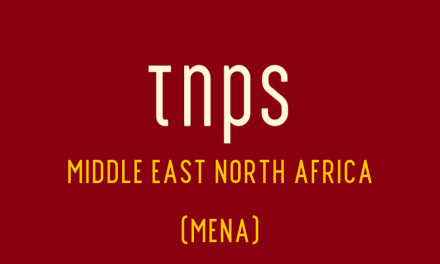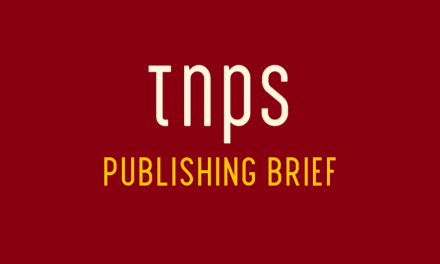Leaving aside any debate about the rights and wrongs of the US-China trade dispute and tariffs being imposed by both sides, the dispute has brought to the fore the unhealthy reliance of US publishers on China – or more specifically of US publishers that have their books printed in China.
An estimated 150 million Bibles are printed in China each year and imported to be sold or, often, to be given away as part of the evangelism efforts of Christian organisations.
According to a report on Fox23, the two largest Bible publishers in the United States, HarperCollins-owned Zondervan and Thomas Nelson, command 38% of the American Bible market and around 75% of total manufacturing costs are incurred in China.
Fox23 notes the NDP group (NPD BookScan and PubTrack Digital) captured 5.7 million print Bible sales in the U.S. in 2018, way ahead of Michelle Obama’s Becoming, which sold 3.5 million according to BookScan.
The real sales for Bibles will be higher still, as NDP figures do not capture direct sales, which in this sector may be substantial.
Bibles, along with children’s books, are deemed to have specialised printing requirements domestic US printers are not best equipped to handle, or at least not at an acceptable price. Meaning that even if tariffs were introduced that made China less attractive for the work, the domestic producers might not be able to meet demand.
Stan Jantz, president and CEO of the Evangelical Christian Publishers Association, told Fox23 that over half of worldwide Bible production takes place in China.
It’s not clear just how dependent the wider US publishing is on China, but regardless of how this particular dispute between the US and China pans out, it is not a healthy situation when a trade war or any other political rift between two countries can threaten to bring an industry sector to its knees.
For emerging market book industries the repercussions could be more serious still, with no domestic production options to fall back on.
It would be trite to say digital is the solution. The optimal publishing model is one that gives consumers choice about what formats they want, and clearly print is going to remain popular for the foreseeable future.
But one thing digital does do is put the publisher in control of production and production costs, and can help reduce reliance on external factors.
For that reason alone digital should be an essential component of any publishing operation, wherever it may be.





